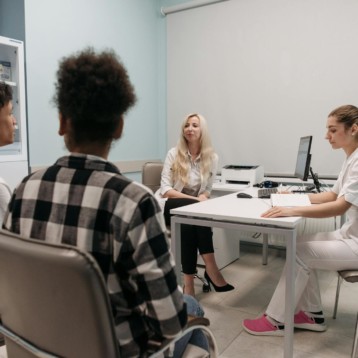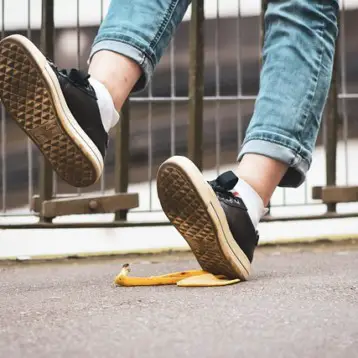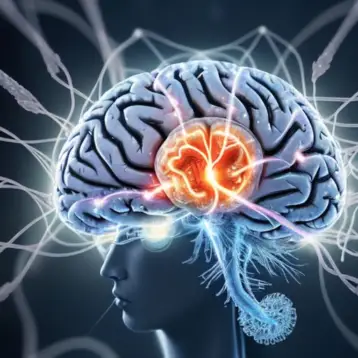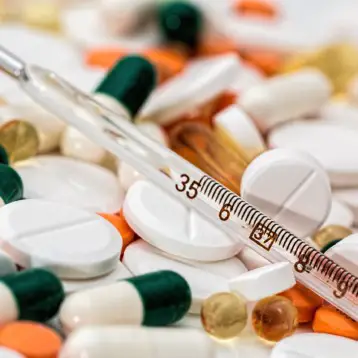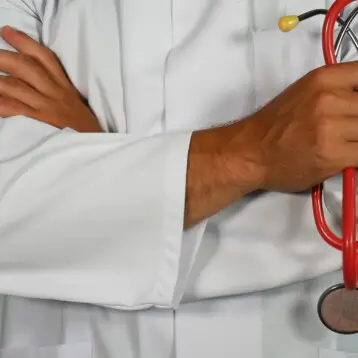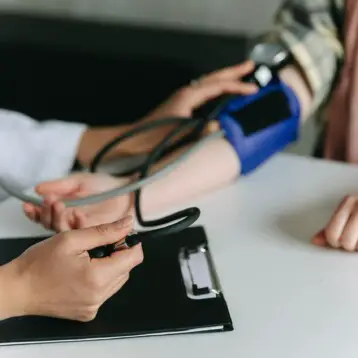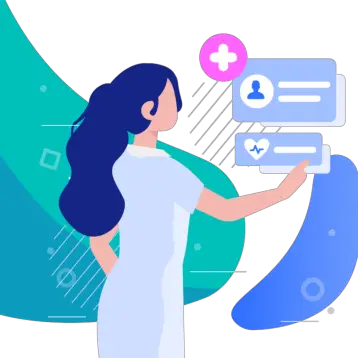|
The first liver transplant was carried out in 1963. Liver transplants are now carried out as a last resort in cases of acute or chronic liver disease, and only after performance of comprehensive physical examinations and a detailed doctors’ assessment. Patients who are waiting for a liver donation are ranked according to medical criteria meant to assure a good match of the organ to the recipient, including blood type, liver size, and the medical urgency. Therefore, patients can wait from a few hours to several years before they receive a liver. The survival rate one year after a liver transplant is approximately 90 percent, with most deaths occurring in the first three months due to organ rejection.
Demi-Lee Brennan, an Australian teenager, was nine years old when she contracted a virus that destroyed her liver. The doctors predicted she would live less than 48 hours, when a liver from a 12-year-old boy of a different blood type became available at Westmead Children’s Hospital in Sydney. Although doctors usually try to give patients organs from donors of the same blood group, because of Demi-Lee’s serious condition, the medical staff took a chance and transplanted the liver in her body.
Following the operation, Demi-Lee was treated with an extensive cocktail of immuno-suppressant drugs, which is given to all transplant patients in order to ensure their bodies do not reject the donated organ. Usually, the patients must continue taking these drugs for the rest of their life and only a small number of transplant patients have been able to come off them, as they developed a tolerance to the donated organ. Taking patients off immuno-supressants in order to see what happens can be extremely dangerous, sometimes resulting in organ rejection and necessitating another organ transplant.
Nine months later, Demi-Lee developed life-threatening anemia and her doctors were amazed to find her blood type had changed from O-negative to O-positive. Tests showed that stem cells from the new liver had migrated to her bone marrow (the site where blood cells are produced) and the donor’s immune system had taken over her own immune system. The doctors realized Demi-Lee’s own residual cells were causing the problem and decided to withdraw her anti-rejection therapy and allow the donor cells to overwhelm her own.
Demi-Lee’s “medical miracle” has defied science, as she is the first person in the world to take on the immune system and blood type of her donor. The rare phenomenon means Demi-Lee no longer needs to take anti-rejection drugs. “She is now a healthy 15-year-old”, says Dr. Michael Stormon, the pediatric hepatologist treating Brennan. She displays no signs of her ordeal, except for a scar and the different blood type. “It’s my second chance at life. I would say to other transplant patients, stay strong and determined” Demi-Lee says, giving hope to patients awaiting an organ transplant.
Doctors who treated Demi-Lee say they cannot fully explain her ability to accept a new liver, produce new blood cells and recover. According to Dr. Stormon, a “sequence of serendipitous events”, including a post-transplantation infection, may have given the stem cells from her donor’s liver the chance to proliferate. Maybe it was due to the use of a young person’s liver and Demi-Lee’s low white blood cells level, suggested Dr. Stuart Dorney, former head of the hospital’s Liver Transplant Unit.
“We now need to go back over everything that happened to Demi and see why and if it can be replicated”, said Dr. Dorney. Doctors are interested to know if her case could have other applications in transplant medicine, where rejection of donor organs by the recipient’s immune system is a major problem. They hope that studying this case will enable replicating its outcome in other organ transplant patients.
Until this goal is achieved and we can create miracles, scientists are developing various techniques to overcome the shortage in organs for transplant and the obstacle of their rejection. TFOT has covered some of these techniques, including a gel-based vascular system that can be used to create a scaffold for a growing tissue, and the use of embryonic stem cells to heal or strengthen the heart tissue.



